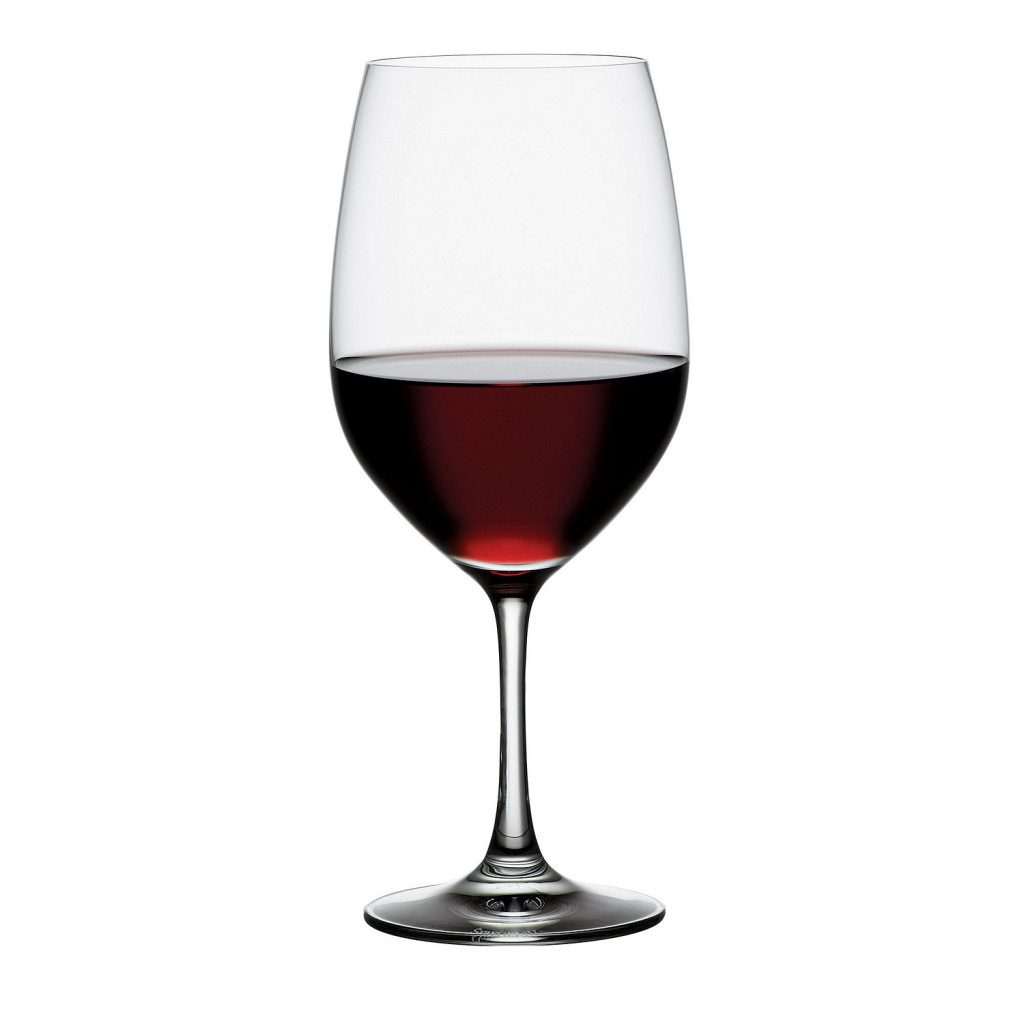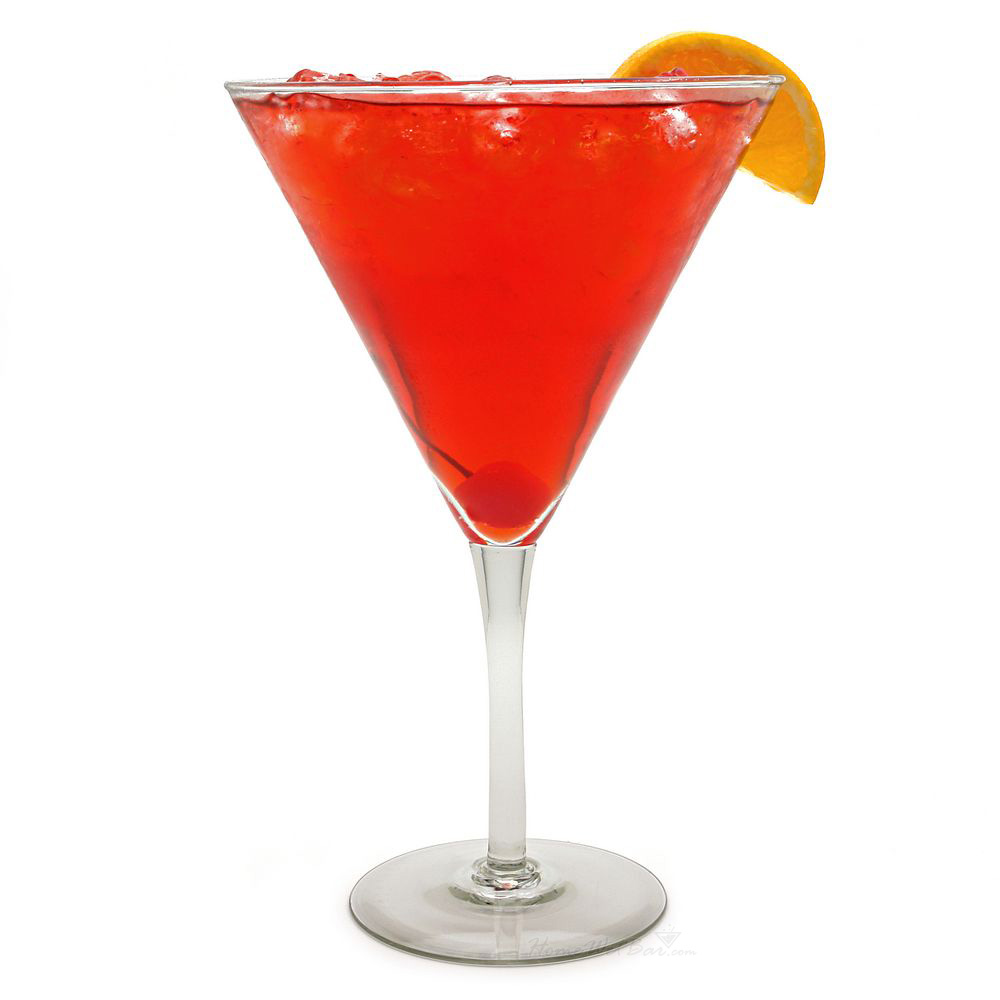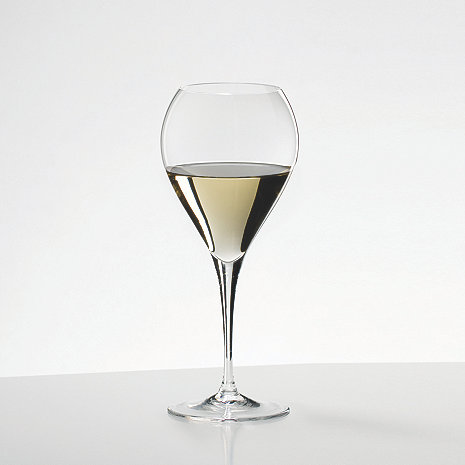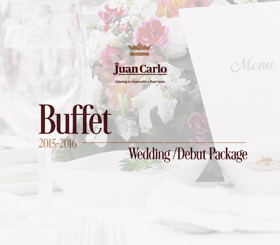What are the types of stemmed glasses?
- According to materials used: (1) crystal, and; (2) glass.
- According to shape and purpose: (1) wine glass which is subcategorized into red wine and white wine glasses; (2) Martini glasses; (3) flute glasses; (4) dessert wine glasses, and; (5) grappa glasses.
If you’re like most people, you probably assume that the glasses we drink from only differ in shape, size, and the amount of liquid it can contain. But the truth is, there are a number of varying types of glasses because they each serve different purposes. In fact, when used properly, the attributes of a glass can actually help keep the contents “fresh” and optimal.
Hence, the next time you find yourself having to serve drinks to a group of people – especially if you’re in the corporate, casual, or a wedding catering scene – don’t forget the following facts to ensure that you pick the right vessel for your next drink.
Types of Glasses According to Materials Used
Before we step into the shapes of glasses for the different types of drinks, we must first discuss the material of the glasses. Mainly, there are two kinds: crystal and glass.
Basically, the difference is in the lead content. There is lead in crystal which makes it easier to cut and engrave than glass. This also increases the weight and causes light to diffract from the material. The advantage of using this over glass material is that it controls the temperature of the drink more, and the smells and flavors of wine are accentuated better. Because of this, these glasses are thought to be able to provide a better wine-tasting experience. However, they are expensive and fragile, which turns a lot of people away from buying them.
Also, this lead content in crystal sometimes leaches out and it caused health concerns. As such, companies nowadays produce crystal glassware that is unleaded.
To replace the lead, they used barium carbonate, zinc, and titanium oxides instead. These make the glasses similar to the lead crystal glasses and its properties, but, at a lighter weight.
Types of Glasses According to Shape and Purpose
Stemmed glasses can be classified according to their shapes and purpose, especially on what particular drink they are best used. Some of these are:
Wine glasses
The standard bulbous, stemmed glasses we often see wines are served in is shaped that way for many reasons. Note its thin stem which allows you to hold the glass without your hand having to make contact with the bulb’s base – this is important as it keeps your body heat away from the wine and helps keep it cool for a longer amount of time.
Another factor to consider when serving wine is its aroma – wine glasses are shaped to retain it for as long as possible, allowing you to enjoy your drink for longer without fear of it going flat too soon.
Red Wine Glasses: For red wine, larger wine glasses are used. The bowls of these glasses are fuller, rounder and with a larger opening. This is so you can stick your nose in the glass as you drink the wine and enjoy its aroma, as well. The taste and smells of red wine is also best enjoyed when there is more surface area to it that comes in contact with the air.
There are different types of red wine glasses. The Bordeaux glass is the tall version with a smaller bowl which was designed for heavy wines such as Cabernets and Merlots. This is so that the wine can read the back of the mouth quickly for maximum taste. Burgundy glasses, on the other hand, are made for lighter wines such as Pinot Noir. The glass is shorter with a larger bowl which directs the wine to go towards the tip of the tongue so that a drinker will be able to taste the delicate flavors.
White Wine Glasses: These have bowls that are more U in shape and more upright than red wine glasses. This allows aroma to be released properly while keeping the wine at cooler temperatures.
The variation of the glass depends on the age of the white wine. For younger ones, the opening is usually slightly larger to direct the wine toward the front of the tongue which is best to enjoy the sweet taste. For older ones, the opening is straighter and taller to direct towards the back, which is best for the bold flavors that it contains.
Martini Glasses
The purpose of the stem of a martini glass is the same as the wine glass – it avoids directing heat to the drink. Their difference, however, lies in the model of the part where the drink is actually contained – martini glasses are cone shaped, not round and bulbous. This is because the cone helps keep the ingredients from separating. It also assists multi-layered drinks, which have ingredients with specific gravities or relative density thereby retaining its layers. Another major difference is the opening, which is designed to somewhat freely allow the liquid’s aroma to diffuse.
Flute Glasses
As opposed to the previous two which possesses wide statures, flute glasses are on the opposite side of the spectrum. They’re also stemmed, but they are tall and thin. It was designed this way so that the narrowness can help protect the drink’s carbonation.
To aid this effort, there is often a bead etched into the bottom of the glass to give the bubbles a central point for nucleation. These are best used when serving champagne, champagne cocktails, or even sparkling wine.
Dessert wine glasses
They’re named after their very purpose – to hold dessert wine. This drink is often served in small portions, so it makes sense that the glass is equally petite as well. They’re stemmed and have small openings at the top. Dessert wine caters more to the taste than smell, hence the opening of the glass does not really need to accommodate the nose.
Grappa Glasses
This glass is meant to hold grappa in small amounts to help manage someone’s intake as too much will definitely result to intoxication.
Also, it is shaped in a unique way to push the aroma upwards, toward the drinker while keeping it at a good drinking temperature with its bulb-like spheres.
Key Takeaway
It may not seem like such a big deal, but using the proper glass for a certain drink shows professionalism and knowledge. Next time you find yourself having to decide which glass to use, refer to the quick guide above for a quick dose of advice.








